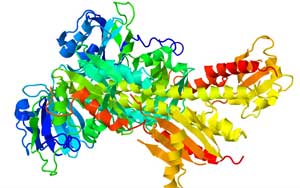Maria Sanchez
Well-known member
Haha, that's a little trickier ...And what do you suppose would happen if you grew this strain down near the equator? Having a critical photoperiod of 14.5 hrs, would it just start flowering in about six week regardless of when you planted it ?
I'm at about 25N, and care some experiences here.
My midsummer light is approx 13.5/10.5.
It seems most cultivars that aren't very heavy sativa/haze types will do the usual veg for maybe 4 to 6 weeks, then start to flower.
For ex., I ran/am running two Lemon 'n' Lime Jones, that is still mostly sativa but not extremely sativa. I put them out about March or April.
The breeder says they need about 10-12 weeks usually.
They both sexed after about a month, and one just immediately became a short bud-stick, the other one kind of flowered but slightly hesitated over June/July, and she's now a longer bud-stick that looks like she needs another 4-6 weeks, i.e., finish maybe late Sept to early Oct.
I'm also running a bunch of sativa / hazes, mostly some crosses of Neville's Haze, that are probably like 80%-95% sativa, started at the same time, with Thai, Kariba and other genetics in the mix.
Breeder says need from 12 to 16 weeks for these crosses.
They also showed sex after about a month or a little bit more, but by June they were just into full veg mode. There's a bit of variation between them, but most started flowering about early to mid August, aiming to finish in about Nov to Dec, at a guess (early days yet).
I've also run plants in this area that are photos and more regular hybrid of indica and sativa, and they also just veg for 4+ weeks to show sex, then just keep on flowering right through the middle of summer, like they don't care.
Running anything other than sativa dominant photoperiod plants here just gives a small plant, that ends up on a time frame something like an auto.
If I run them to veg over summer they get a bit bigger, otherwise they are really small.
Weird deja vu writing this post, haha!



